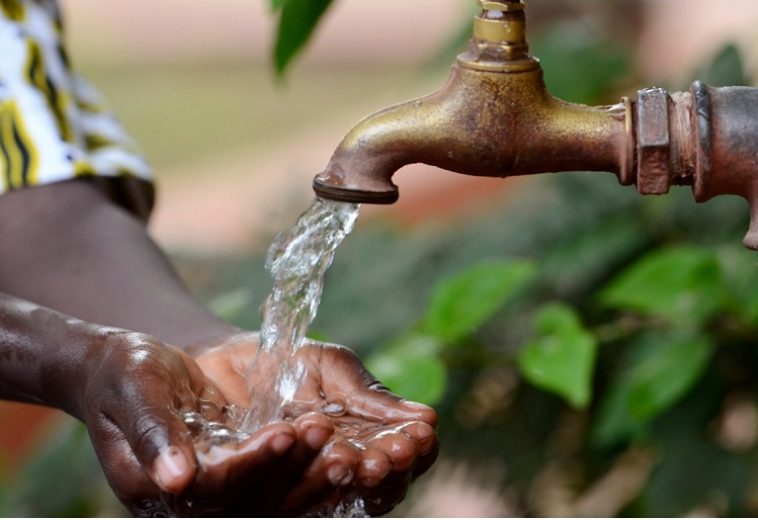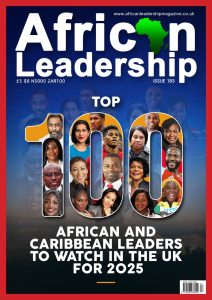The African film industry is on the rise, increasingly poised to compete financially with Hollywood. Although still relatively small compared to the wealthier Western markets, African cinema is gaining popularity and influence.
Nollywood, in particular, stands out in Africa and differs significantly from Hollywood in several aspects, including production volume and revenue share. Nollywood produces over 2,000 movies annually, far surpassing Hollywood’s output of approximately 450–650 films each year. However, Hollywood commands a much larger share of global revenue, accounting for 69% of the total, while Nollywood contributes around 30%. These differences in production scale and revenue distribution, along with variations in industry structure and distribution strategies, make direct comparisons challenging.
Evolving audiovisual consumption trends, the potential to reach unconventional audiences through film festivals, the rise of African film industries driven by digital advancements, and the interest of major US digital platforms are all fuelling investments and creative exploration in African cinema.
Netflix, in a socio-economic report, highlighted its progress in sub-Saharan Africa since 2016. The report reveals that the company invested $175 million in South Africa, Nigeria, and Kenya from 2016 to 2022. South Africa received the largest portion of these investments—approximately 71%—aimed at enhancing the local creative ecosystem by addressing financial gaps, fostering partnerships, nurturing talent, and monetizing the industry.
Additionally, the African Export-Import Bank (Afreximbank) has committed $1 billion to the African Film Fund to support the continent’s film industry. According to Kanayo Awani, Executive Vice President of the Intra-African Trade Bank at Afreximbank, the fund will oversee film financing, co-finance with large studios, and support African filmmakers, producers, and directors across the continent.
The continent’s youthful population is a major driver of this growth, with big corporations recognising the immense potential of the African market and investing in scalable solutions that cater to diverse audiences globally.
Diversity in TV series and movies has outperformed other types of programming by 30%, and Afrobeats is dominating the global music scene. Estimates suggest that Africa could account for up to 10% of the $200 billion global export of creative goods by 2030, representing 4% of the continent’s GDP.
READ ALSO: From Beats to Billions: The Business Boom of Afrobeats
Films such as Black Book, A Soweto Love Story, Blood Vessel, King of Boys, Collision Course, Tsotsi, Nairobi Half Life, Gangs of Lagos, Breath of Life, and Atlantics are testament to the commercial viability of African content.
The ongoing evolution and increasing recognition of African cinema underscore its potential to captivate global audiences with its unique storytelling and creativity. The industry’s growth not only signifies a cultural renaissance but also offers significant economic opportunities for African countries.




